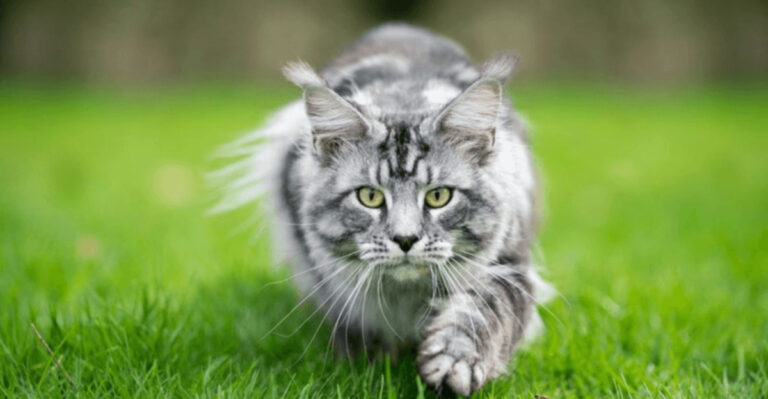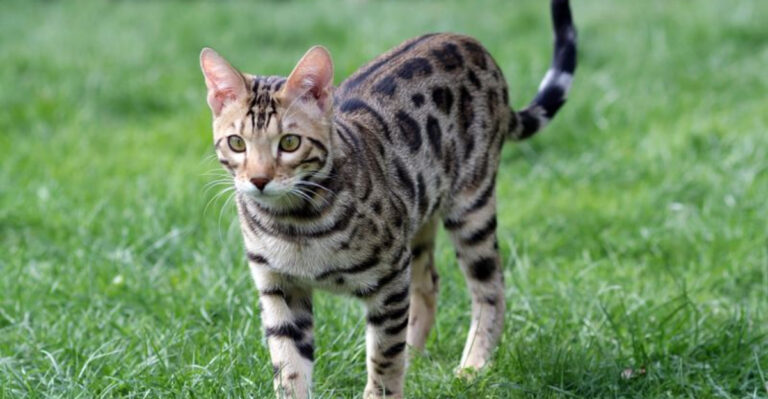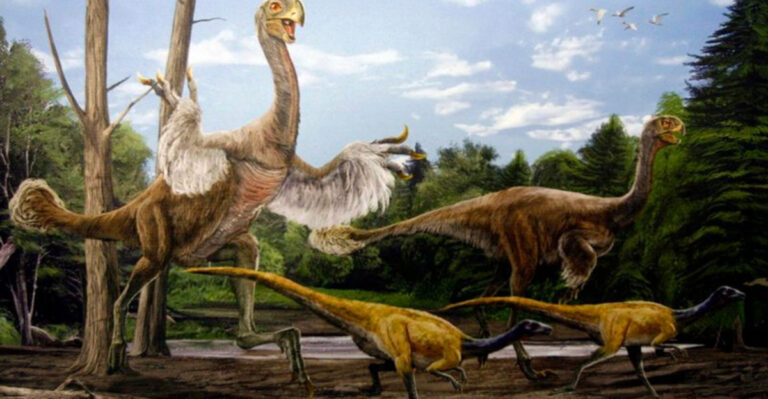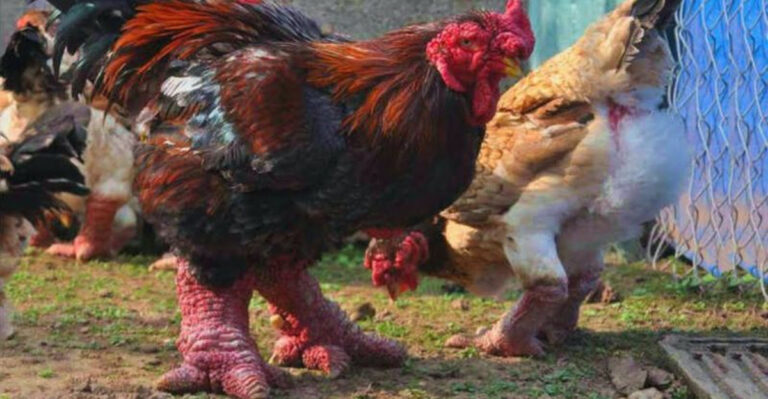16 Mammals That Hike Thousands Of Miles Every Year
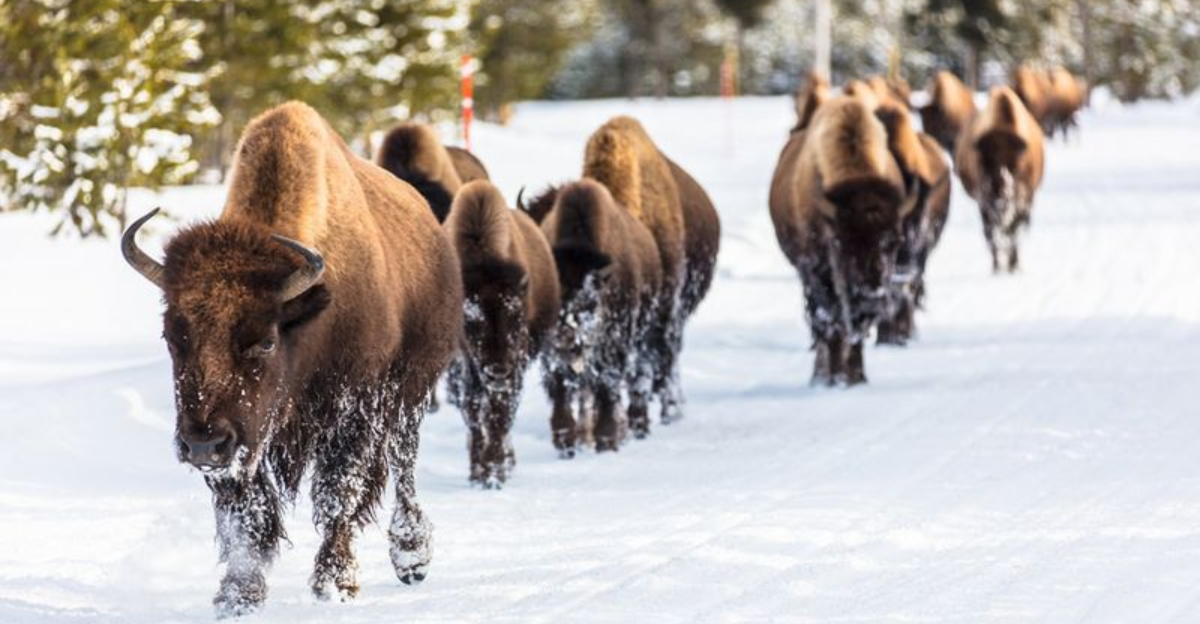
Animals are nature’s original long-distance travelers, embarking on incredible journeys that put our weekend hikes to shame.
Every year, certain mammals trek thousands of miles across challenging terrain, battling harsh weather and predators in search of food, breeding grounds, or better living conditions.
These remarkable travelers have evolved amazing adaptations that help them navigate vast distances without GPS or trail mix.
1. Caribou: The Tundra Marathon Champions
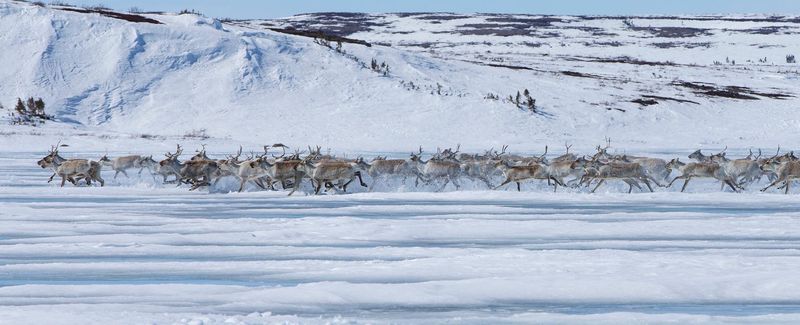
Caribou herds in North America embark on the longest terrestrial migration of any land mammal, covering up to 3,000 miles annually. Their wide hooves act like natural snowshoes, helping them traverse the frozen Arctic tundra with remarkable ease.
Female caribou even migrate while pregnant, timing their journey so calves are born in safer areas with abundant food. The Porcupine caribou herd is particularly famous for its epic journey between Alaska and Canada, following ancient routes passed down through generations.
2. Gray Wolves: The Relentless Rovers

Roaming up to 4,800 miles yearly, gray wolves move tirelessly across vast territories in search of prey. Their powerful legs and efficient gait allow them to trot at 5 mph for hours without tiring – like running a marathon every day.
Pack members work together during these journeys, taking turns breaking trail through deep snow. Scientists tracking one wolf in Yellowstone recorded it covering nearly 100 miles in a single day! These incredible journeys help maintain genetic diversity among wolf populations across continents.
3. Wildebeest: The Great Migration Specialists
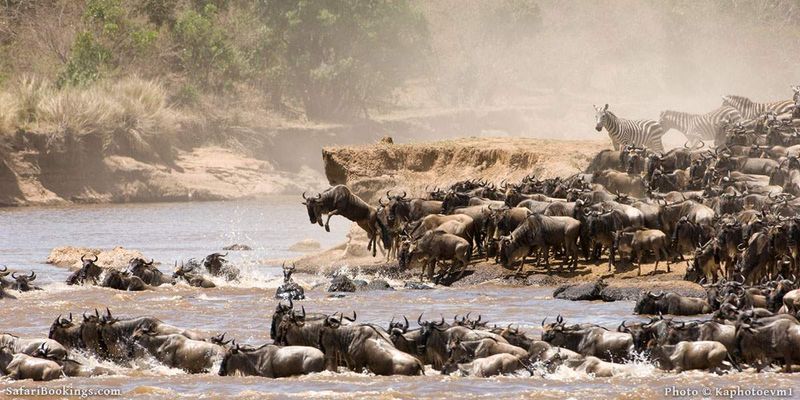
Stomping hooves create thunderous symphonies as 1.5 million wildebeest circle through Tanzania and Kenya annually. Their 1,800-mile journey forms a clockwise loop following seasonal rains and fresh grass growth, creating one of Earth’s most spectacular wildlife events.
Calving season times perfectly with their arrival in nutrient-rich plains. Dangerous river crossings pose the greatest challenge, with hungry crocodiles waiting in murky waters. Despite these perils, this ancient migration has continued for thousands of years, driven by the wildebeests’ remarkable instinct for survival.
4. Monarch Bats: Mexico’s Flying Marathoners
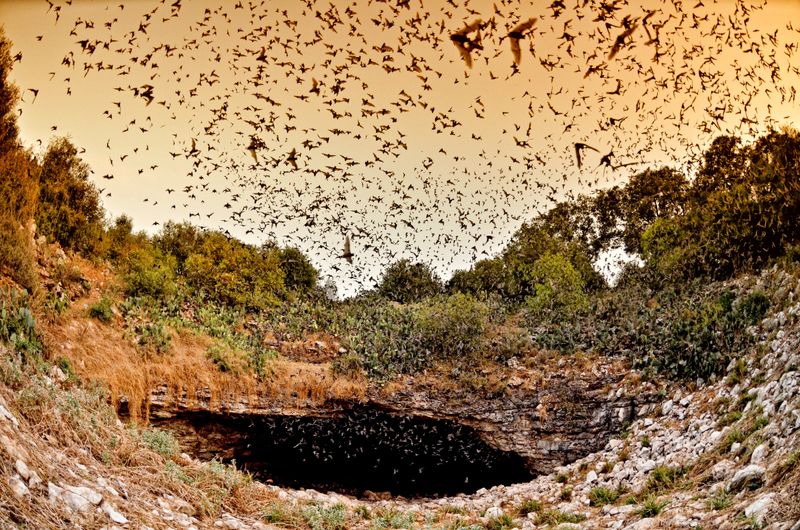
Mexican free-tailed bats undertake a staggering 2,000-mile journey between Mexico and the United States twice yearly. These tiny mammals weigh less than half an ounce but can fly at speeds reaching 60 mph during migration!
Bracken Cave in Texas hosts over 15 million of these remarkable travelers each summer. Their nightly exodus creates living rivers in the sky visible on weather radar. These aerial marathoners play crucial ecological roles, consuming tons of agricultural pests and pollinating desert plants during their transcontinental journeys.
5. Humpback Whales: Ocean’s Long-Distance Swimmers
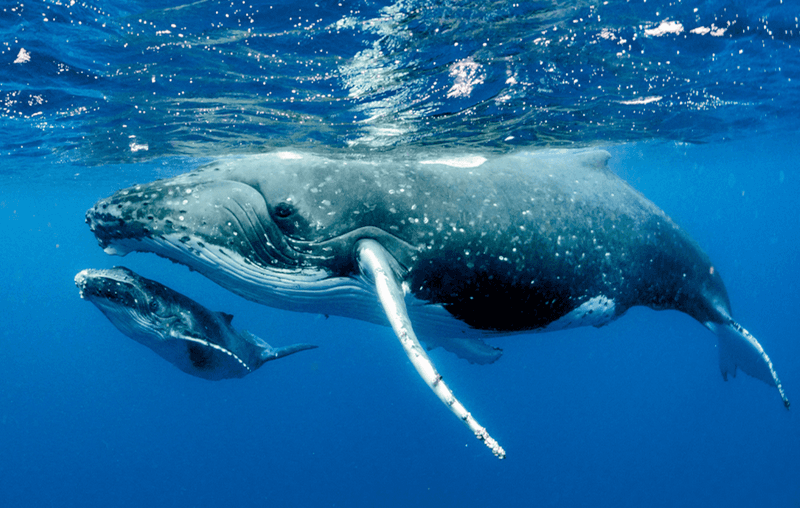
Gliding through ocean currents, humpback whales complete a staggering 5,000-mile round trip between tropical breeding grounds and polar feeding areas. These 40-ton travelers navigate with remarkable precision, following underwater mountain ranges and memorized star patterns.
Mothers undertake this journey with vulnerable calves in tow, teaching migration routes that have existed for millennia. Scientists discovered one female who completed a record-breaking 6,200-mile journey in a single season! During these epic swims, humpbacks barely rest and rarely feed, surviving on thick blubber reserves built up during summer feasting.
6. Pronghorn Antelope: America’s Speediest Migrators
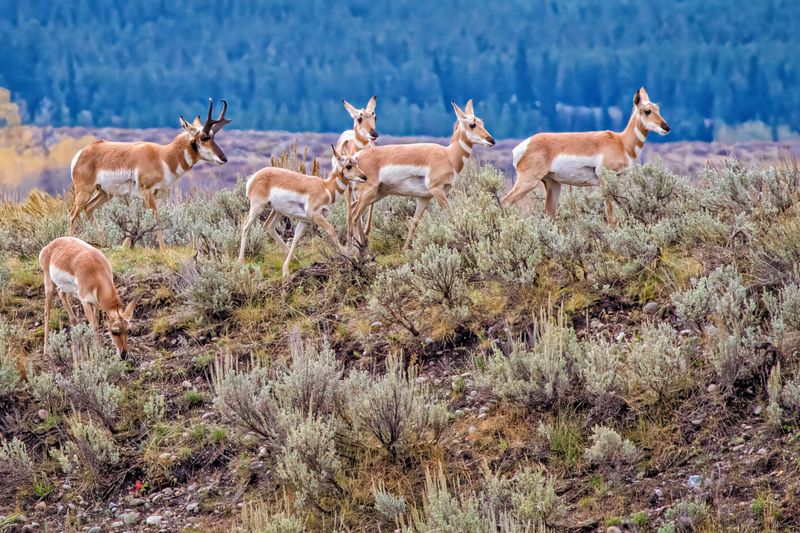
North America’s pronghorn antelope race along a 150-mile corridor between Wyoming’s Grand Teton National Park and their winter grounds. Evolution blessed these animals with oversized hearts and lungs, allowing them to maintain speeds of 35 mph for hours – adaptations from an ancient era when they needed to outrun extinct American cheetahs.
Their twice-yearly journey crosses highways, fences, and developed areas that increasingly threaten this ancient pathway. Conservation groups now work to protect “pronghorn corridors” by removing fences and creating wildlife crossings, ensuring these remarkable athletes can continue their record-setting migrations.
7. Monarch Elephant Seals: Deep-Sea Wanderers
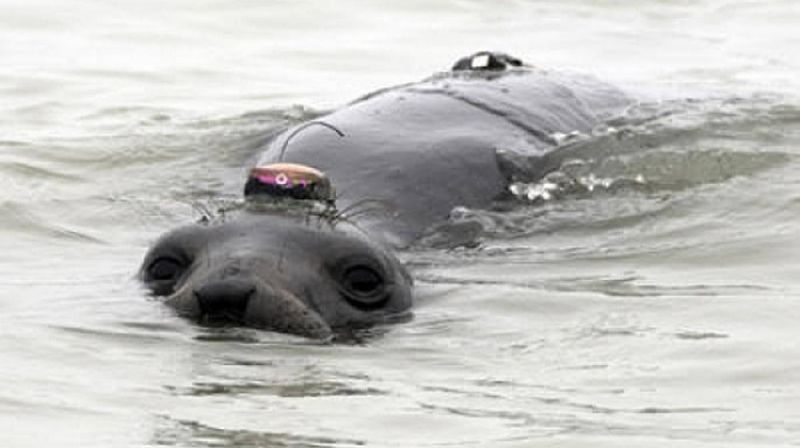
Northern elephant seals embark on astonishing 13,000-mile annual journeys through the Pacific Ocean. Males and females travel separately, diving continuously to depths exceeding 5,000 feet – spending just 2-3 minutes at the surface between dives that can last 2 hours.
These marine mammals sleep while swimming and navigate with Earth’s magnetic field. Scientists tracking them discovered they follow remarkably straight paths across featureless ocean, rarely deviating from their course. During their twice-yearly migrations, elephant seals spend an incredible 90% of their lives underwater, coming ashore only to breed and molt.
8. Zebras: The Striped Marathon Runners
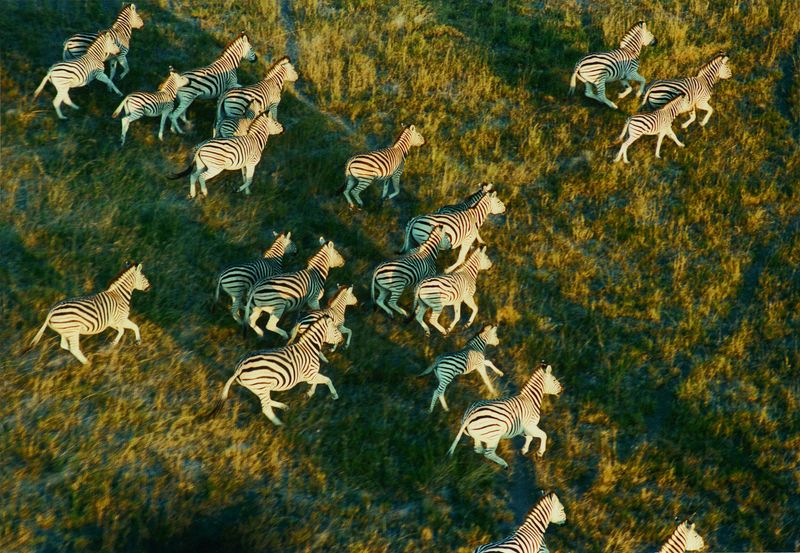
Botswana’s zebras complete the longest straight-line migration in Africa, traveling 300 miles between the Okavango Delta and Makgadikgadi Pans. Their distinctive stripes serve as natural cooling systems during these arduous journeys through scorching savanna heat.
Family groups stick together, with experienced matriarchs remembering water sources from previous trips. This migration remained unknown to scientists until 2012 when GPS tracking revealed its existence! Unlike their wildebeest cousins, zebras travel in smaller groups, moving in neat lines following ancient pathways that have existed since before human records began.
9. Blue Whales: The Planet’s Longest Travelers
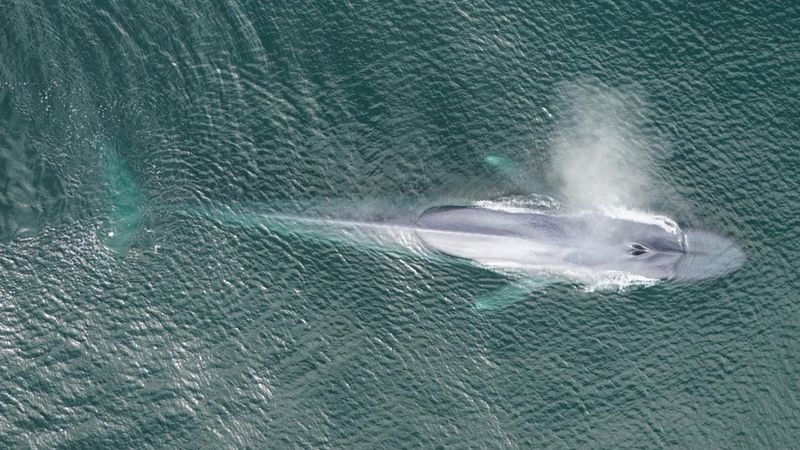
Earth’s largest animals undertake mind-boggling 10,000-mile journeys between polar feeding grounds and tropical breeding areas. Blue whales navigate these vast distances using underwater sound channels that carry their deep calls across entire ocean basins.
Their enormous hearts – weighing as much as a small car – power these epic swims. Calves drink 100 gallons of milk daily during migration, gaining 200 pounds every 24 hours! Scientists have tracked individual blue whales maintaining precise migration routes for decades, returning to the same coastal areas year after year with astonishing navigational accuracy.
10. Saiga Antelope: Central Asia’s Endurance Champions
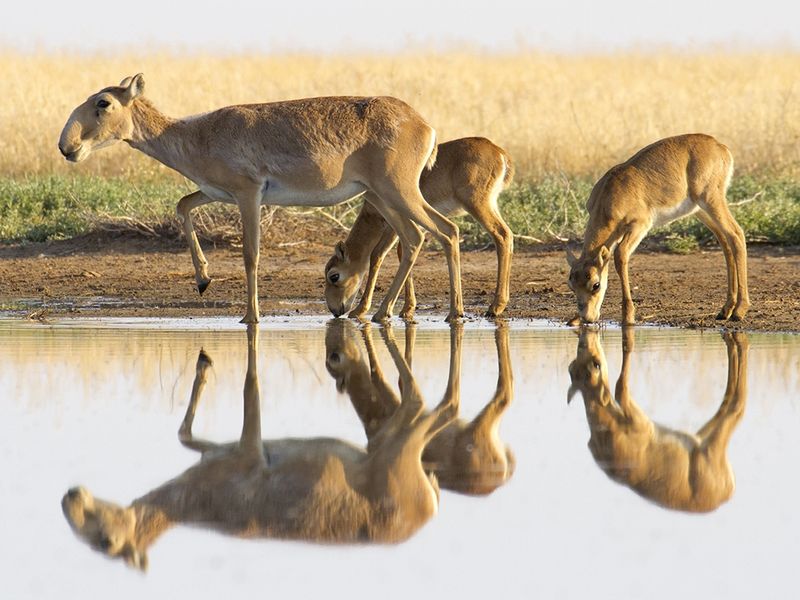
Resembling Star Wars creatures with their distinctive trunk-like noses, saiga antelope travel up to 1,000 miles across the harsh steppes of Kazakhstan and Mongolia. Their unusual noses filter dust during dry summer migrations and warm freezing air during winter journeys.
These critically endangered mammals once numbered in the millions but have declined dramatically. Female saigas give birth during migration, with calves able to run alongside the herd within hours of birth! Their twice-yearly movements follow ancient routes that predate the Silk Road, navigating through increasingly fragmented habitats.
11. Bison: America’s Thundering Migrants
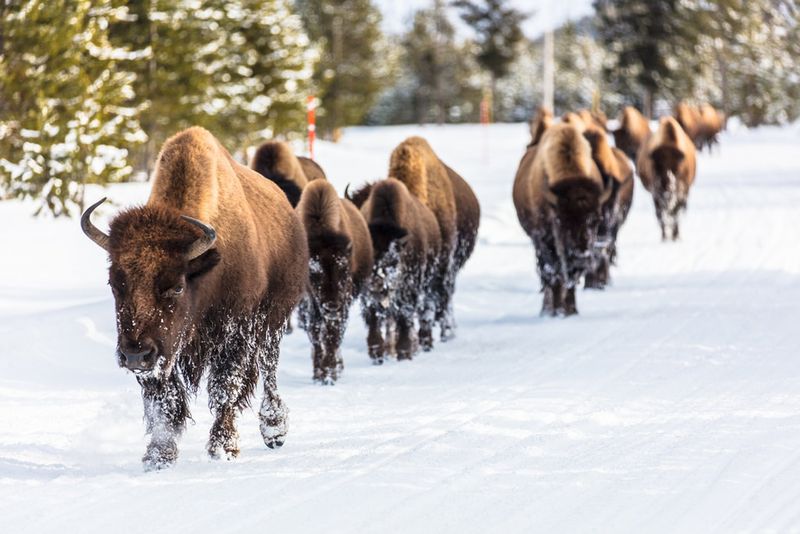
Before near-extinction in the 1800s, American bison undertook the largest land mammal migration on Earth, with 30 million animals traveling up to 400 miles across the Great Plains. These one-ton behemoths can run at 35 mph despite their massive size!
Today, small protected herds in Yellowstone and Canada’s Wood Buffalo National Park still follow ancient migration routes. Their journeys shape prairie ecosystems, as their wallowing creates depressions that collect rainwater, forming microhabitats for amphibians and plants. Conservation efforts now focus on restoring these historic migration corridors.
12. Taiga Bean Geese: The Arctic Wanderers
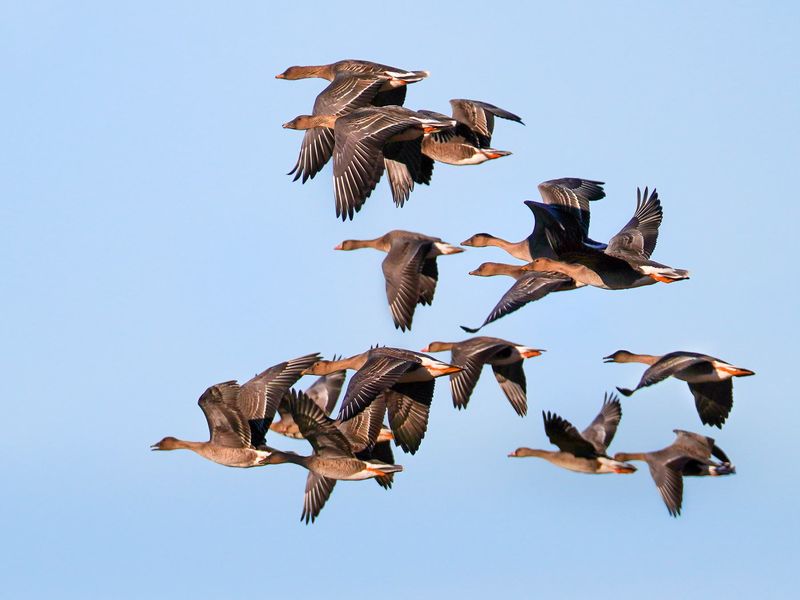
Flying through punishing Arctic winds, Taiga Bean Geese travel over 3,000 miles between northern Scandinavia and southern China annually. These hardy birds maintain precise V-formations that reduce energy expenditure by up to 30% during their exhausting journeys.
Their specialized lungs extract oxygen even from thin high-altitude air. Family groups remain together for life, with parents teaching migration routes to offspring during their first journey. These remarkable mammals navigate using a combination of star patterns, landmarks, and Earth’s magnetic field, maintaining traditional migration routes that have existed for thousands of years.
13. Monarch Butterflies: The Multigenerational Marathoners
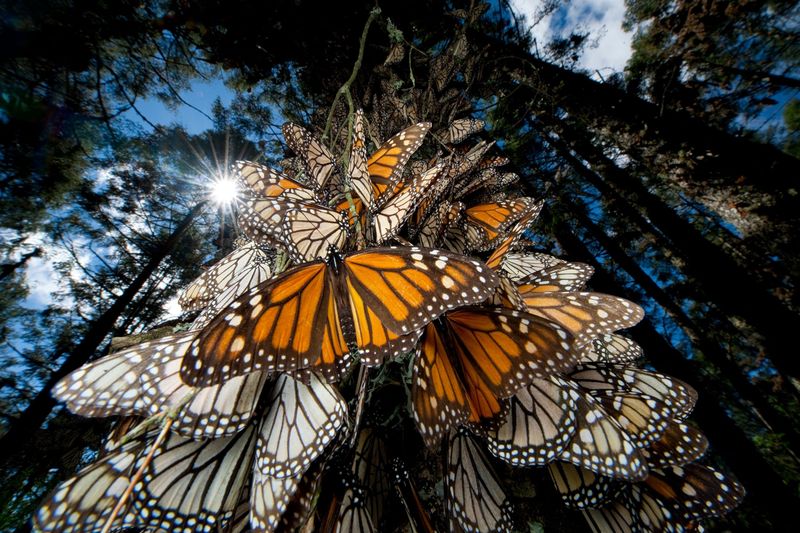
While not mammals, monarch butterflies deserve honorable mention for their extraordinary 3,000-mile migration between Canada and Mexico – accomplished over multiple generations! No single butterfly completes the entire journey, yet somehow their great-grandchildren return to the exact same trees their ancestors used.
Their delicate wings carry them up to 100 miles daily during migration. Scientists recently discovered they navigate using a combination of sun position and an internal magnetic compass. This remarkable journey represents one of nature’s most extraordinary phenomena, with forests in Mexico transformed into orange when millions arrive each winter.
14. Gray Whales: The Coastal Voyagers
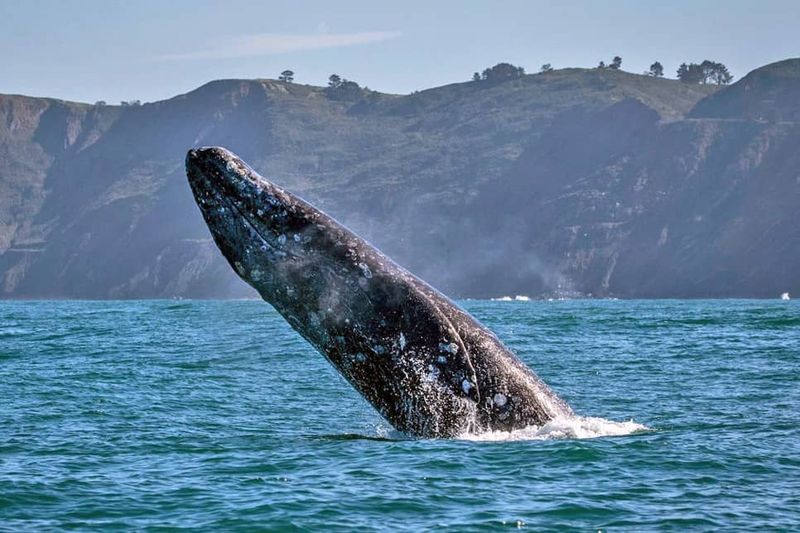
Gray whales claim the longest mammal migration on Earth, traveling 12,000 miles round-trip between Arctic feeding grounds and Mexican lagoons. These 40-ton navigators hug coastlines during their journey, using underwater topography as their roadmap.
Mothers and calves swim closest to shore, sometimes allowing humans to touch them in Mexican lagoons. Unlike other whales, they feed by scooping mouthfuls of seafloor sediment and filtering out tiny creatures. Their epic migration takes them through the territories of killer whales and past major shipping lanes, facing numerous hazards during their twice-yearly coastal pilgrimages.
15. Reindeer: The Arctic Circle Trekkers
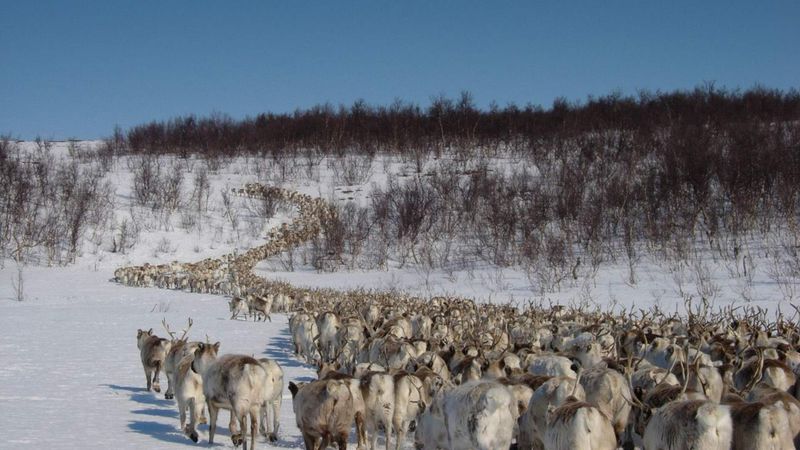
Norway’s reindeer herds cross frozen rivers and mountain passes during their 3,000-mile annual migration circle. Their specialized hooves expand in summer for walking on soft tundra and contract in winter to grip ice – nature’s perfect adaptable footwear!
These resilient animals can see ultraviolet light, helping them spot predators and food beneath snow. Reindeer eyes change color seasonally – golden in summer and blue in winter – improving vision in different Arctic light conditions. Sami herders have followed these migrations for centuries, their culture intimately connected to these remarkable animals.
16. Steller Sea Lions: The North Pacific Pathfinders
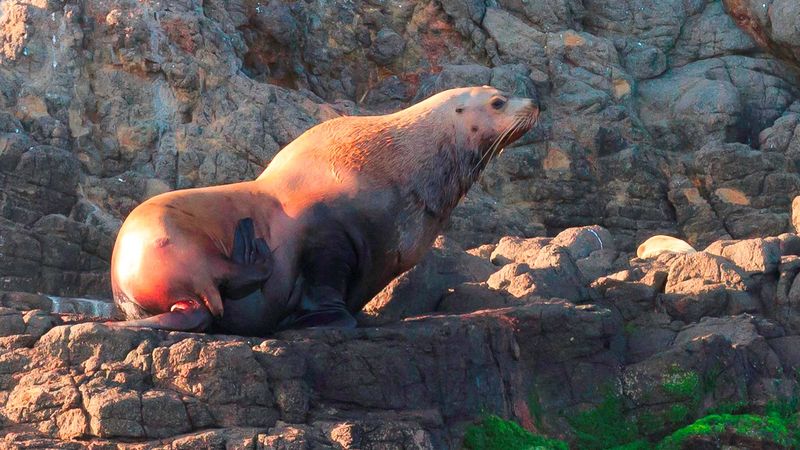
Massive Steller sea lions – weighing up to 2,500 pounds – swim thousands of miles along North Pacific coastlines between Alaska and California annually. Males develop enormous neck muscles and manes, resembling lions as they defend breeding territories after migration.
These marine mammals can dive to 1,500 feet during their journeys, hunting for fish and squid along migration routes. Their thick blubber allows them to withstand frigid Arctic waters. Populations have mysteriously declined by 80% in recent decades, making their long-distance journeys increasingly perilous as scientists race to understand what’s threatening these remarkable ocean travelers.


